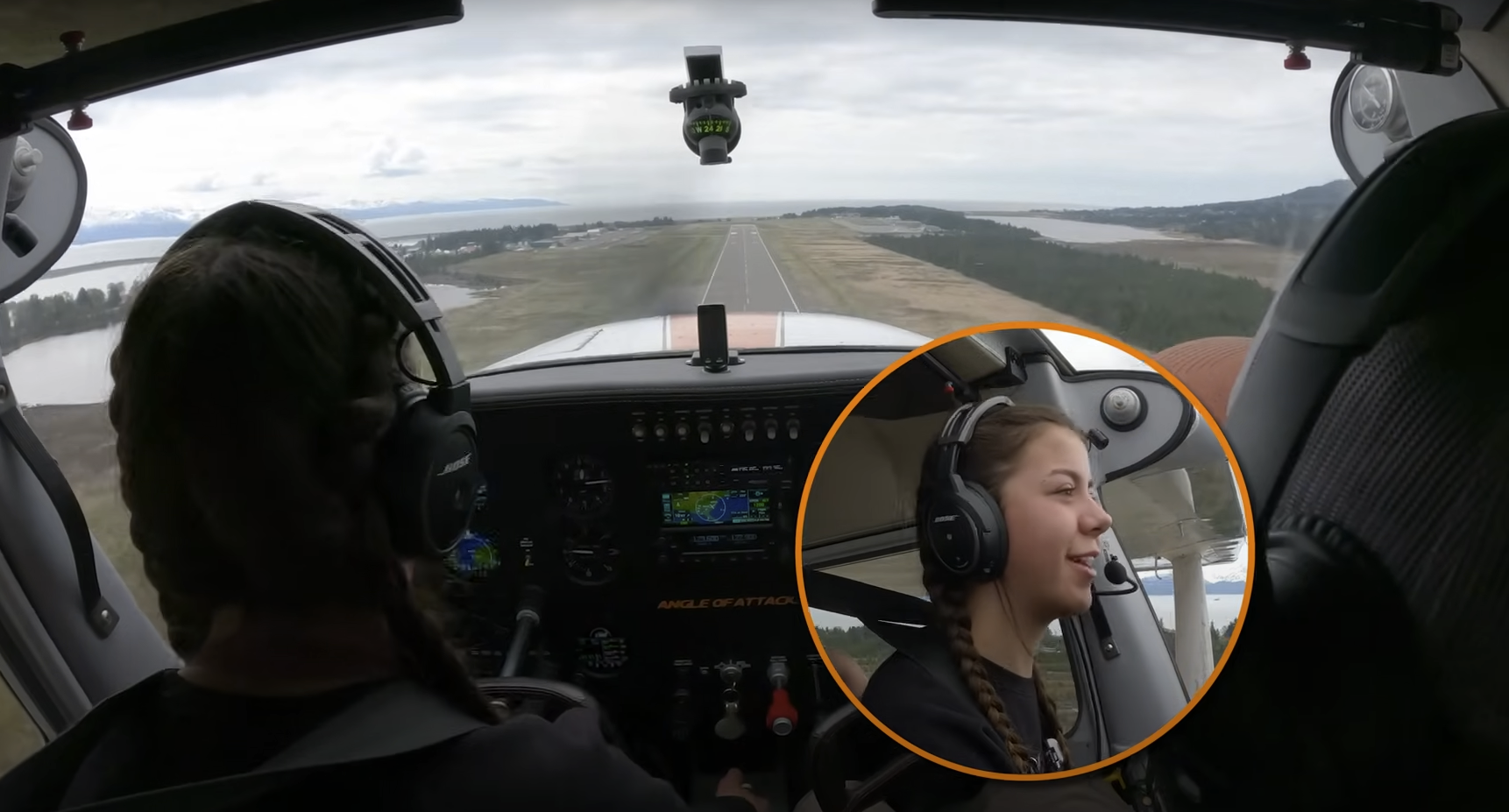
VR/360 viewing tips at bottom of description:
Why is there such a huge emphasis on “stalls” in flight training? Stalls are something that happens when the wing looses it’s lift temporarily, usually only on part of the wing.
A stall occurs when the angle of attack reaches a critical angle. That can happen at any attitude and any airspeed.
Stalls are most common while near the ground. That is, while taking off and landing. If a stall were to occur close to the ground, there is very little time to react and recover.
So… pilots are taught to recognize a stall is coming, recover from a stall if it somehow occurs, and avoid spins by correctly reacting to those stalls.
In this particular video we will talk about the Power Off, Approach to Landing Stall. We will be in the landing configuration and we’re emulating that approach to landing, with flaps, NO POWER (power off/power idle), and we may even execute it in a turn.
This emulates the ability to recover from a stall while landing.
The ACS (Airmen Certification Standards) lays out, as of 2017, that the stall should be brought all the way to the buffet and developed stall. THEN you will recover.
Jump in the conversation and let us know what you learned, or if you had another thoughts and tips for the community.
–––––––––––––––––––––––––––––––––––––––––––––––
VR is best viewed in HD. You can use the mouse cursor to move the view, or your finger on mobile device. Mobile devices can be used with the accelerometer to look around the cockpit. Check it out!
Chief Flight Instructor and President of Angle of Attack. Founded in 2006.

Stay Connected
Be the very first to get notified when we publish new flying videos, free lessons, and special offers on our courses.





